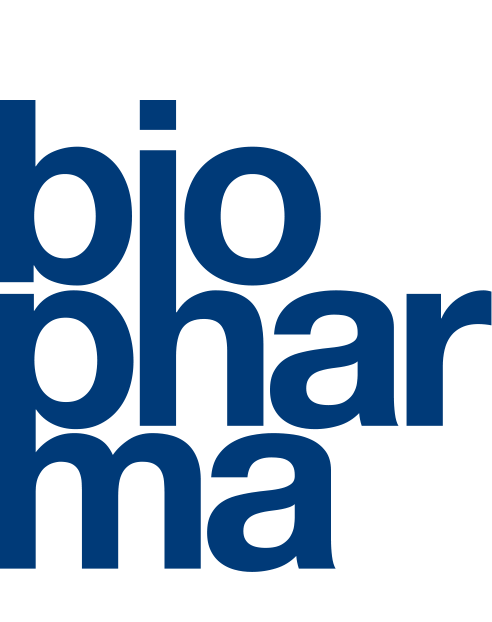Automation
We ensure that your electrical systems, instrumentation and automation (EIA) rest on a solid foundation.
Consistent, overlapping EIA equipment structures ensure cohesion over the entire life cycle of your pharmaceutical production facility. Closely collaborating with customers, suppliers and our process engineering, equipment construction and EIA specialists, we offer you the following range of services:
- Budgeting
- Basic Engineering
- Detail Engineering
- SW Specification
- SW Creation
- Commissioning
- FAT, SAT, IQ and OQ form the basis for qualification and validation
SW = Software
FAT = Factory Acceptance Test
SAT = Site Acceptance Test
IQ = Installation Qualification
OQ = Operational Qualification
Construction of cabinets
We create accurate electrical consumer lists and power distribution concepts based on them.
In Basic Engineering, variants for MCC, MV and RIO barriers are created. In order to ensure optimal operability, accessibility and maintenance friendliness of the process plant, the positioning of the E-/MSR (E/I&C)barrier is a component of the 3D plant model as part of our detail engineering.
E-/MSR = Electric/measurement/steering/regulation technology
MCC = Motor Control Cabinet
MV = Magnetic Valve
RIO = Remote I/O
Electrical loads
The list of electrical energy consumers forms the basic document for further electrical engineering (power distribution, control cabinet design, … ) and design. A central facility database is used to extract detailed data on specific electrical loads. This avoids unnecessary redundancies and possible sources of errors. Changes are made and managed at a central location – an important criterion to enable consistent engineering.
Energy distribution concept
Together with our customers and partner companies, we develop a concept for the energy distribution – in any desired level of detail. Based on a list of electrical consumers, necessary documents are created. Starting with the determination of the connection values for normal, emergency and uninterruptible power supply up to detailed planning of motor distribution and on-site cabinets – depending on our customer’s needs.
Testing | commissioning | qualification
We support you during all the stages required for your plant’s completion and validation. This is why, our engineering tool
FS INPUT® provides the necessary documentation of each testing. This provides a consistent record, starting from the concept design of a facility to its day-to-day operation.
In a software FAT the implementation of functional specifications in programming and the visualization of each automation system is reviewed. Over the course of the commissioning process, our specialists will ensure compliance with the required qualification steps in IQ and OQ.
In a software FAT the implementation of functional specifications in programming and the visualization of each automation system is reviewed. In this way, any emerging defects and errors can be eliminated at an early stage during a ‘dry run’ to avoid unnecessary costs, damage to your
production facilities as well as any problems that may arise during commissioning.
Apart from reviewing functional procedures, a software FAT also focuses on the interaction and
communication with other process facilities. Using simulation software, process sequences can be plotted realistically and functional procedures can be tested in a comprehensive way.
A thorough software FAT significantly improves the quality of application software and sets the basis for the efficient commissioning of production facilities.
Throughout the commissioning process, our specialists ensure compliance with the required qualification steps during IQ and OQ. Also here they profit from the documentation functionality of our automation tool FS INPUT®.
FAT = Factory Acceptance Test
IQ = Installation Qualification
OQ = Operational Qualification
System architecture
Our specialists for automation technology, the close cooperation with customers and suppliers as well as our experience with the use of state-of-the-art automation equipment from different manufacturers, are the basis for a powerful and future-proof system architecture.
The hardware and software concept is individually adapted to the circumstances and requirements – once created, its validity is checked throughout the project and documented with our engineering tools.
Functional specifications
The functional descriptions of a pharmaceutical process plant include not only the phase specifications that define the process part sequence in modular form, but also higher-level plant functionalities, controller descriptions and I/O lists. These functional descriptions are created, adapted and “revised” as well as managed by VOGELBUSCH BIOPHARMA.
Phase specifications are used to describe partial sequences of the process and are therefore also referred to as sequence step-chains. Required switching states of actuators as well as use of sensors, definition of parameters, communication to other phases, behavior in emergency cases, etc. are only some of the features to be specified.
All safety-relevant interlocks (e.g. behavior in the event of overpressure) for system and personal protection are defined in the superior system functions.
The functionality of controllers, their actuators and sensors, as well as the interaction with the phases is specified in the controller descriptions. This includes a diagram to clarify the controller strategy and to illustrate input and output variables. Internal and external parameters and their use complete the specification of controllers.
Selection of equipment | instrumentation
The selection of sensors and actuators for your future process plant is based on experience gained from commissioning by our staff and knowledge gained from the daily production process.
We have excellent business connections with well-known manufacturers offering a large variety of suitable products as well as optimum support. Moreover, they guarantee state-of-the-art instrumentation in conformity with your requirements.
Depending on the requirements, we prepare all the necessary documents from basic specifications to order specifications. We are happy to take over the entire procurement process right through to incoming goods inspection and documentation, using tools such as COMOS and EPlan, PPE and in-house developed databases.


